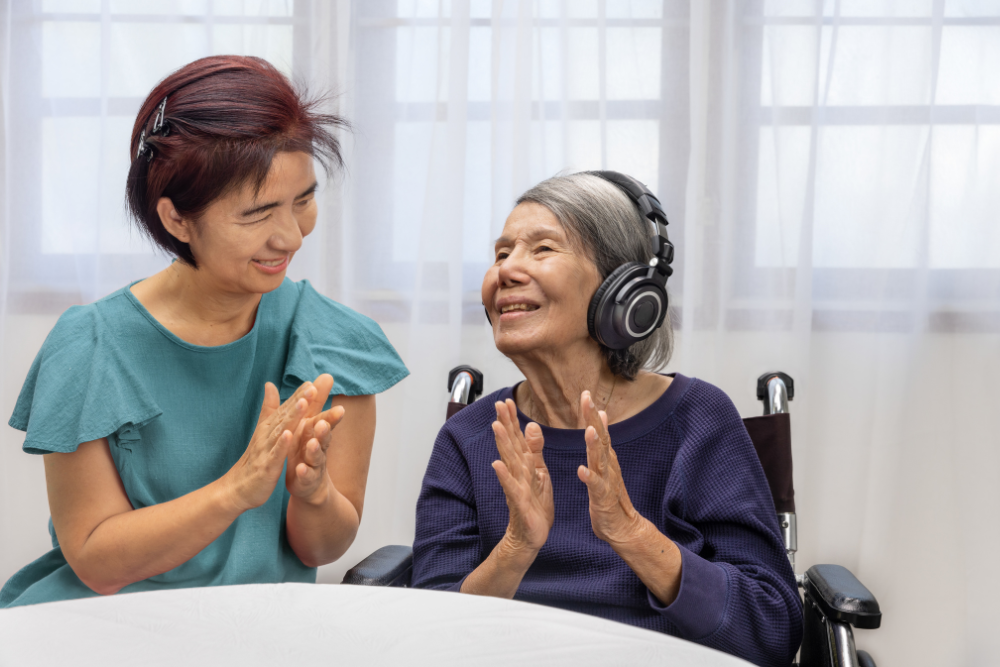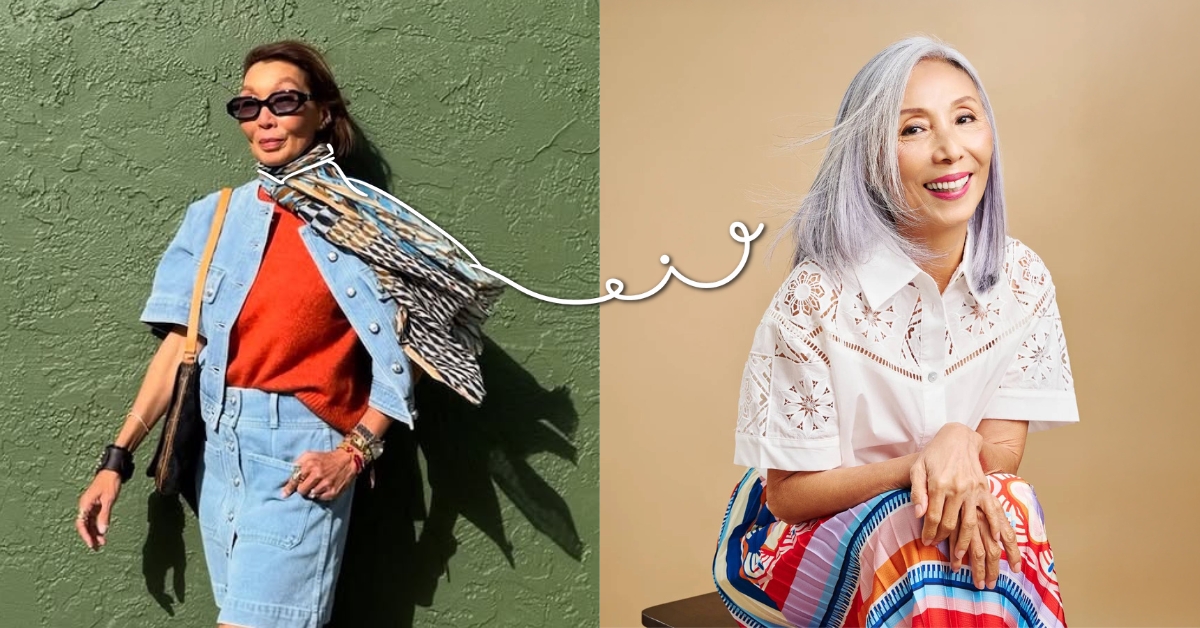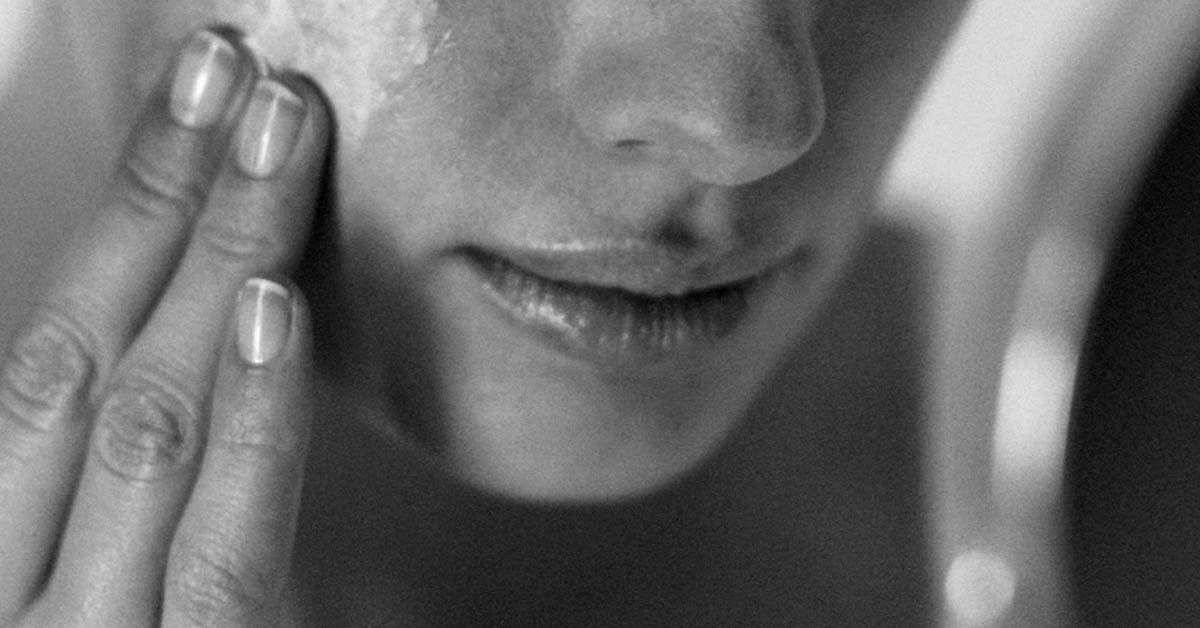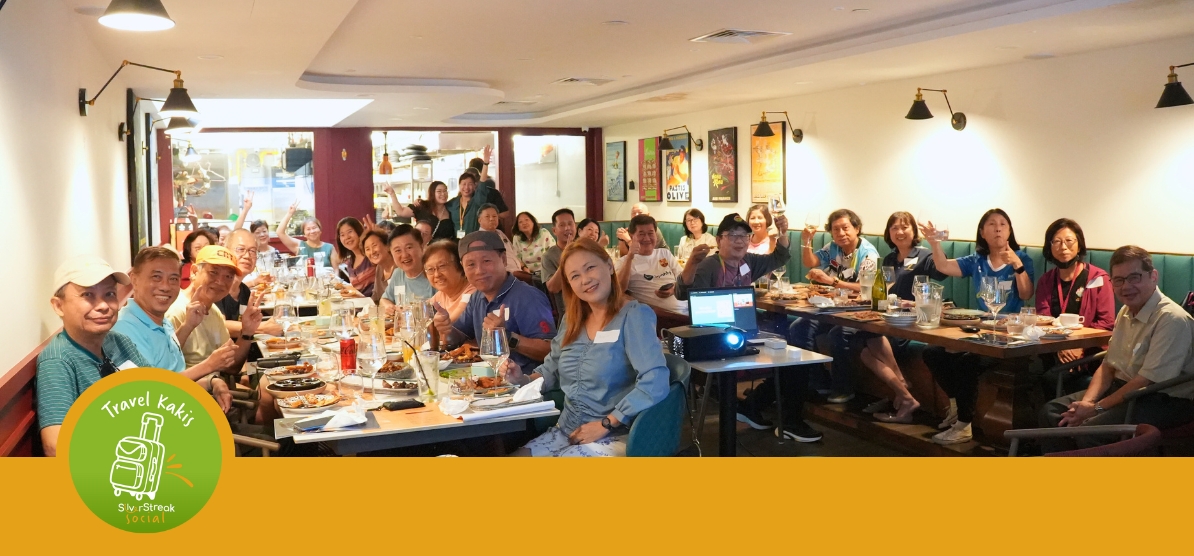
In the 2004 romantic drama The Notebook (spoiler alert!!) the older version of Rachel McAdam’s character Allie is told a love story by an elderly gentleman, not knowing that said gentleman is actually her husband Noah — who is narrating the story from her titular notebook, which details their romance.
Suffering from dementia, Allie does not recognise him, their kids or that she is one of the subjects in the romantic tale for most of the movie until late in the movie.
The pair are having dinner when the song — their song — I’ll be Seeing You by Billie Holiday plays over the radio, jogging her memory just long enough for the couple to share a dance, before she relapses.
Similar scenes depicting the healing power of music — whether in triggering old memories or lifting one’s spirits in a moment of despair — are common in popular culture.
More than that though, most of us are all keenly aware of music’s potency to uplift the mood, alleviate stress and rekindle long-forgotten feelings.
Advertisement
Music Therapy Has a Long History

It is no surprise that music has been considered a useful medical tool since time immemorial.
Primitive forms of music therapy – nowadays defined broadly as the clinical and evidence-based use of music interventions to achieve individualised goals – began in tribal communities and early civilisations, including the ancient Greeks. Plato, for example, believed that art and music had a fundamental place in medical centres.
The earliest contemporary reference to music therapy appeared in an anonymous article titled Music Physically Considered in the 1789 edition of Columbian Magazine. More documented examples of music therapy popped up in the following centuries, particularly in post-WWII America as a way of treating traumatised soldiers.
Fast-forward to today, and the field of music therapy is both highly researched and regulated – if still relatively niche compared to ‘conventional’ medical sectors like medicine, nursing and pharmacy.
The Association for Music Therapy Singapore (AMTS) is the sole official organisation for credentialed music therapy professionals here. It was established in 2007 by 11 founding members. Today, AMTS president Dr Tan Xueli counts 37 professionals and six student members within his AMTS’ ranks.
They comprise only a tiny portion of the 15,423 doctors and 43,005 nurses employed in Singapore’s medical workforce, according to the Ministry of Health in 2021.
These professionals, all proficient in one or more musical instruments with a comprehensive degree-level programme under their belts, are distributed across various settings including “hospitals, nursing homes, hospice care facilities, special schools and social welfare organisations”, serving the country’s 2022 population of 5.64 million.
As not all of these music therapists are based in Singapore — according to Dr Tan, only “a little over 30” remain — that leaves us with a doctor-to-patient ratio of roughly 5.3 music therapists per million — far less than the United Kingdom’s ratio of around 13.2, or Switzerland’s 34.8.
"AMTS’ vision is for ‘all people to have access to quality music therapy services in Singapore’. So ideally, we would advocate for all [of these facilities] to have a music therapist,"
adds Dr Tan.
Familiar Tunes

The music therapy field in Singapore is also growing in terms of who it caters for.
"Music therapy in Singapore started with the special needs population beginning in the 1960s. It was only in the last 15 years or so that music therapists have begun working with seniors in community and medical settings, including nursing homes and hospices,"
says AMTS' Community of Practice lead for dementia care Ng Wang Feng.
Some common interventions include listening to, composing and recreating music with the music therapist. Patients might also move or dance to the beat of music.
"From my perspective, I certainly see that music therapy can play a much bigger role because the seniors with pronounced therapeutic needs can benefit more from targeted interventions that music therapists can offer,"
she adds.
This includes dementia, a la The Notebook — especially relevant for one of the most rapidly ageing nations in the world, where one in four are projected to be over the age of 65 and above by 2030.
"Extensive research has been done on using music to prevent dementia, as the music memory area resides in an area of the brain that is last affected by the disease."
Says Dr Evelyn Lee, former AMTS president and founder of private practice Prospect Music Therapy:
And music, unlike other activities, is processed in many diverse areas of the brain, says Wang Feng. This makes it an ideal driver for neuroplasticity — or the functional and structural adaptations our brain makes as neurons fire — which in turn is known to help with age-related cognitive decline and neurological impairments.
Moving and Grooving

Apart from dementia, music therapy can also be effective in helping with patients suffering from developmental disabilities, hearing, language or visual impairment and emotional trauma. It can also ease pain, lower stress, induce sleep and generally improve the mood of patients.
Music therapy can also help patients get through therapy.
"The music therapist skilfully uses the elements of music (rhythm, melody, timbre, dynamics, tempo) to encourage the seniors to participate actively. This means that beyond listening to music, they can play instruments, sing, and move to the music, perhaps even all of the above at the same time,"
says Wang Feng.
"Music is also useful for falls prevention. As an accompaniment, music increases endurance in walking, and by incorporating it into dances, it can help in improving balance,"
Evelyn says.
Anyone Can Do It
The good news is that there is no barrier to entry in order to benefit from music therapy.
"Music is mostly a very enjoyable medium for most people. It is often misunderstood that you need music background or training to benefit from music therapy. This is not true,"
says Evelyn.
What’s important for therapists is to get to know their patients’ goals, concerns and comfort levels first before commencing with treatment, says Wan Feng. This would help them to target the patients’ specific needs.
This also ensures that the patients they work with are comfortable with the treatment.
"I have to gauge the comfort level of every senior client I work with in order to make it a pleasant and therapeutic experience. I've seen seniors who have never played or sung in a group before. After getting their feet wet, they really enjoy the experience and come out of their proverbial shells!"
“That said, not everyone will like or respond to music, for various reasons related to their unique life experiences and individual situations,” Wan Feng cautions.
One proven way of reaching patients is to expose them to songs they are familiar with — especially one associated with “particular periods or events in their lives”, says Evelyn.
"This can have a significant impact on their memories and emotions, and can even influence their sense of identity and belonging."
Hot requests from Evelyn and Wang Feng’s silver patients include Tie a Yellow Ribbon ‘Round the Ole Oak Tree by Tony Orlando and Dawn, tunes from Taiwanese star Teresa Teng and British pop singer Engelbert Humperdinck, and Cantonese opera ballads.






